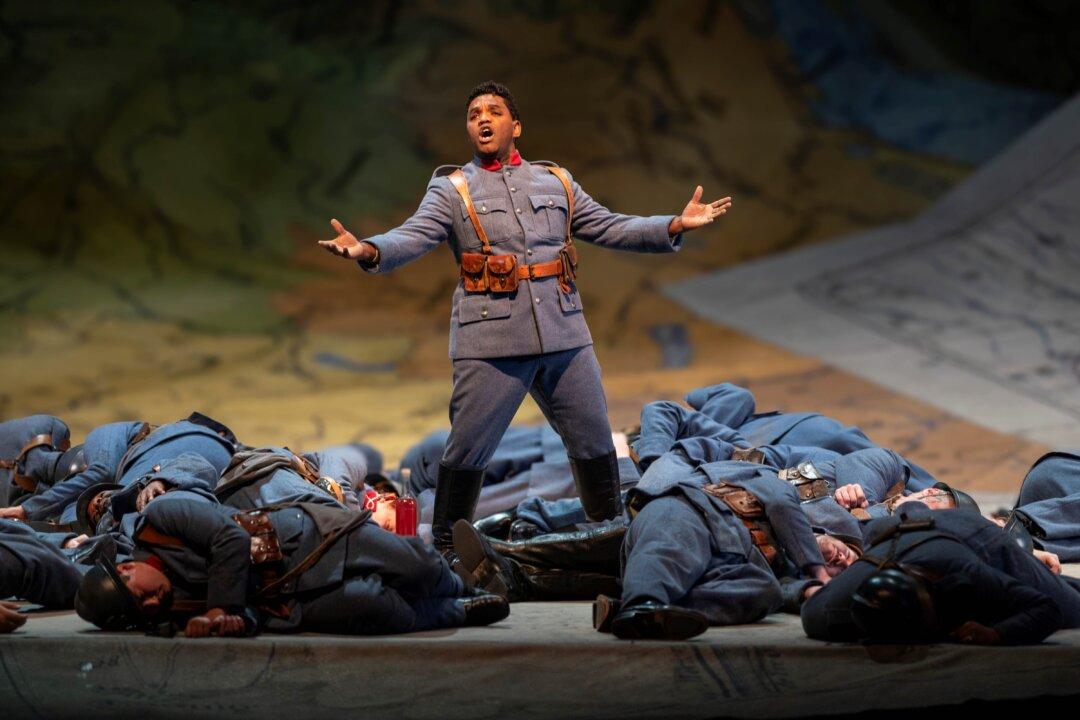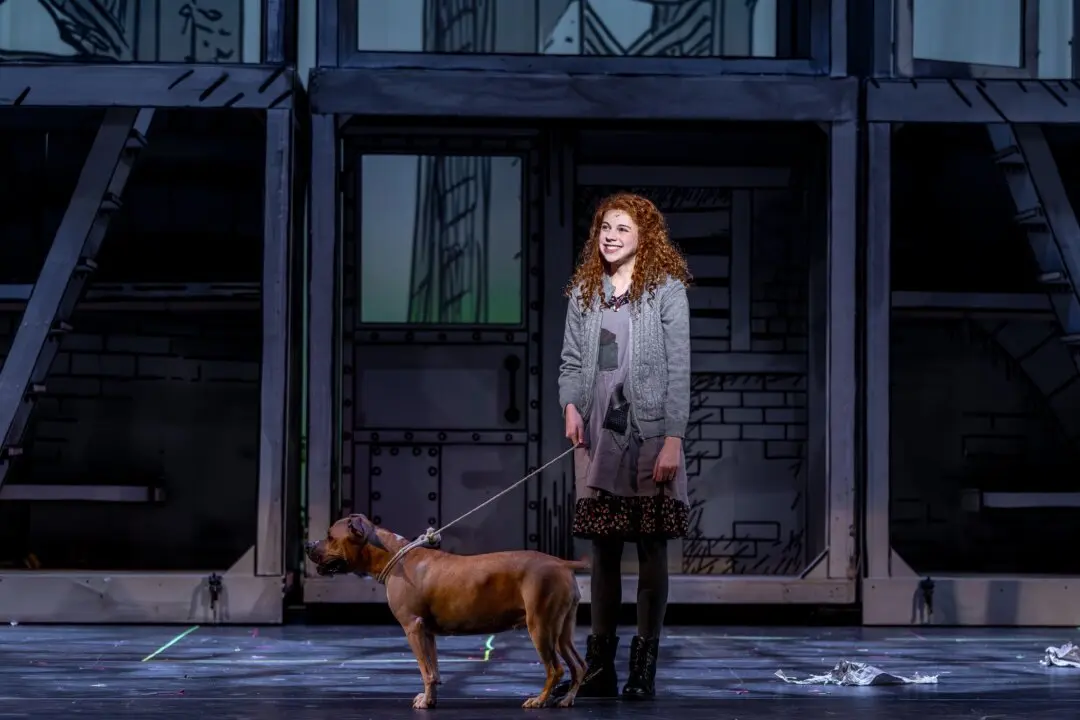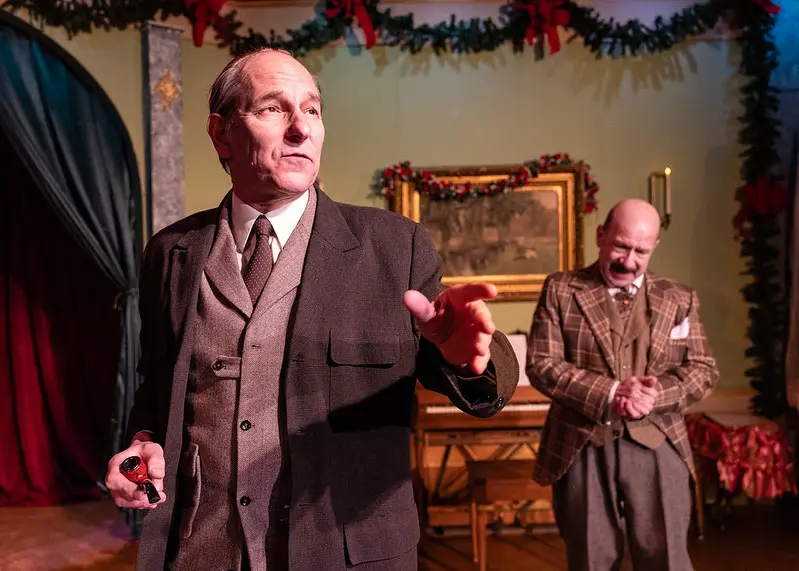CHICAGO—It’s been almost a half-century since the Lyric Opera of Chicago presented “The Daughter of the Regiment.” It’s hard to believe that the Lyric waited 50 years to reprise Gaetano Donizetti’s comic opera, which first premiered in Paris in 1840. Maybe the company waited so long because they were worried that the opera’s thin plot wouldn’t appeal to today’s sophisticated opera aficionados.
Indeed, with a libretto by Jules-Henri Vernoy de Saint-Georges and Jean Francois Bayard, the story of “The Daughter of the Regiment” is rather straightforward and simple. It’s about Marie, an orphan who was brought up by a group of paternal French soldiers, and who now cooks and cleans for them. The crux of the tale revolves around the now grown-up Marie who falls in love with, Tonio, a poor fellow whom the soldiers, especially Sgt. Sulpice, believes is unsuitable for their beloved girl.





